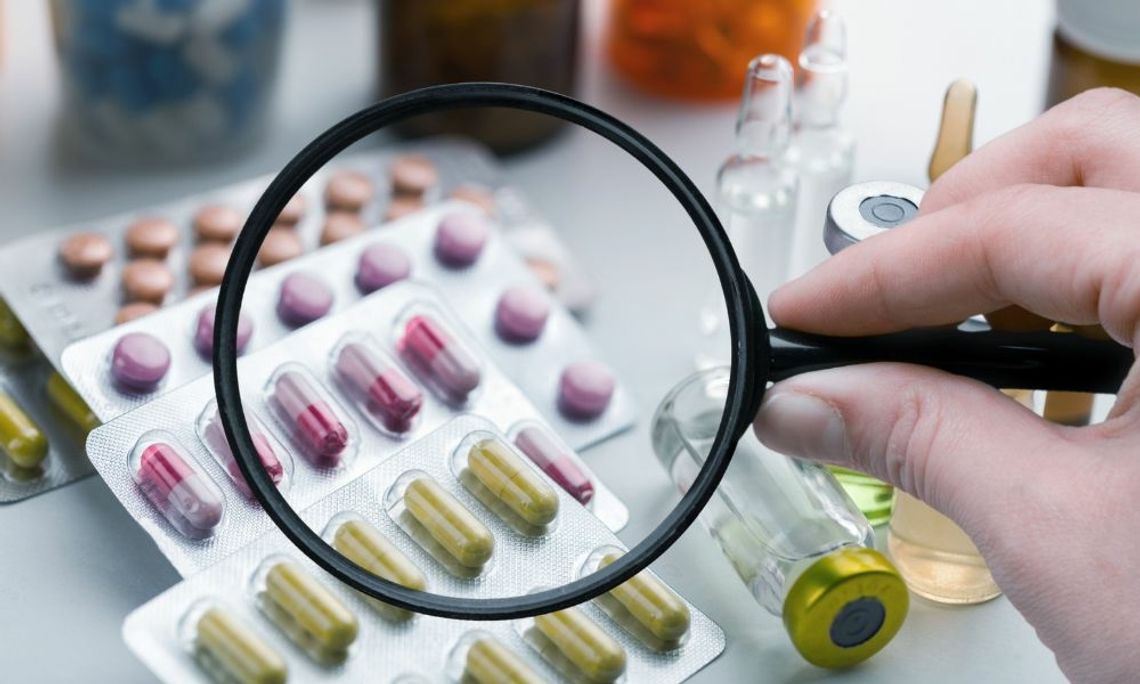The prevalence of counterfeit drugs in the pharmaceutical industry is a pressing concern for manufacturers and consumers alike. Discover various ways pharmaceutical manufacturers prevent counterfeit drugs from entering the market, and explore how they can safeguard products and protect consumer health.
Packaging and Labeling
Advanced packaging and labeling techniques play a crucial role in deterring counterfeiting efforts. Pharmaceutical manufacturers implement unique and complex packaging designs that are difficult for counterfeiters to replicate and easy for consumers to identify. Some examples of packaging and labeling technology include the following:
- Holograms: These provide a visual security feature that is difficult for counterfeiters to reproduce accurately.
- Tamper-evident packaging: Features like seals and breakable caps make it apparent if someone has tampered with a product.
- Color-shifting inks: This type of ink changes color when viewed from different angles, making it challenging to replicate convincingly.
- Laser coding: Written or scannable codes allow consumers to quickly verify the authenticity of a product through a database cross-reference.
It’s important to note that laser coding helps deter counterfeit drugs due to the application of intricate coding that counterfeiters can’t replicate nearly as well without the appropriate laser technology.
Serialization and Tracking
Another essential strategy in preventing counterfeit drugs is implementing serialization and tracking technologies. These systems assign a unique serial number to each individual package, which allows traceability throughout the entire supply chain. These technologies enable quick identification of counterfeit products, assist with recall processes to ensure consumer safety, and provide transparency and accountability.
Supply Chain Management
Securing the supply chain is vital in preventing counterfeit drugs from entering the market. Manufacturers should prioritize strong relationships with reliable suppliers, ensuring raw materials come from trustworthy sources. Additionally, tracking the movement of products throughout the supply chain helps prevent counterfeiting and diversion, as manufacturers can quickly identify any irregularities.
Regulatory Compliance
Pharmaceutical manufacturers must comply with regulatory requirements related to anti-counterfeit measures. Regulatory agencies, such as the FDA, work to protect consumer safety and ensure the integrity of pharmaceutical products. To meet these requirements, manufacturers must implement and maintain up-to-date anti-counterfeiting systems and procedures. This adherence to regulatory compliance helps manufacturers preserve their reputation and minimize the risk of counterfeit drugs infiltrating the market.
In summary, there are several key ways pharmaceutical manufacturers can prevent counterfeit drugs, including advanced packaging and labeling, serialization and tracking, supply chain management, and regulatory compliance. Collectively, these measures significantly deter counterfeiting efforts and protect consumer safety. Pharmaceutical manufacturers must remain vigilant, proactive, and committed to implementing these best practices to ensure the integrity of their products and maintain consumer trust.


Comment
Comments